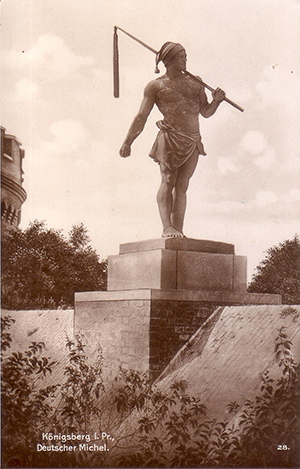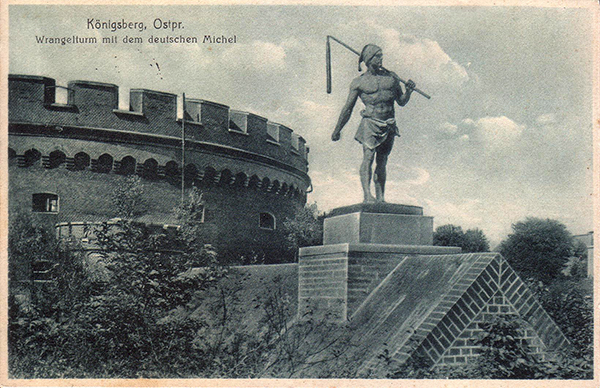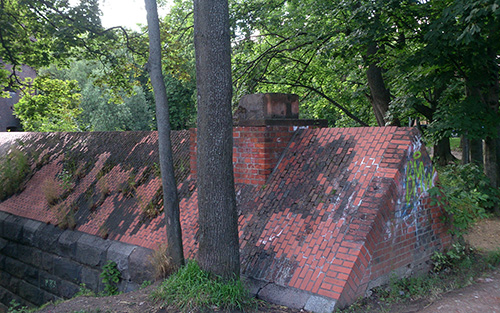German Michel
There is probably not a single country that does not have its own personalized national symbol. The symbol of the USA is Uncle Sam, known to everyone from the propaganda poster from the time of the First World War, calling for volunteers to join the American army. The symbol of Britain is the fat simpleton farmer John Bull. The allegorical figure of Helvetia has served as the symbol of Switzerland since the end of the 17th century. France has two such symbols at once - the Gallic rooster and Marianne, a young girl in a Phrygian cap (remember the painting by Delacroix "Liberty on the Barricades"). The symbol of our country for several hundred years has been the Russian bear (or Ivanushka the Fool, if anyone does not like animals). Germany is symbolized by an allegory called (attention!) Germany, in the form of a young woman, often with a raised hand. During the times of the German Empire, the figure of Germany was very popular and was printed, among other things, on postage stamps. Another symbol of Germany as a country is the German Michel - Deutscher Michel. And although the German Michel is practically unknown outside of Germany, this visual symbol of the Germans has a long history.
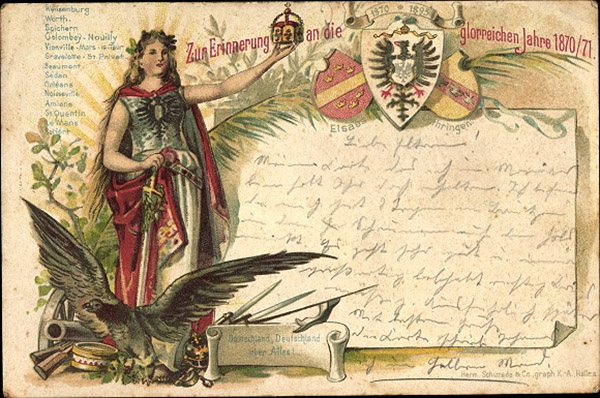
The German Michel reflects the Germans' ideas about themselves and their character, and not the opinions of foreigners about Germans. The first mentions of the German Michel are found in a book of German folk proverbs and sayings published in 1541 by the philosopher and theologian Sebastian Frank. But the German Michel only became truly popular in the first half of the 19th century. The formation of his visual image also dates back to this time - a man in a nightcap with a tassel. However, a stable image of Michel never developed (unlike, for example, the already mentioned Uncle Sam). The German Michel became the hero of numerous caricatures, and, depending on who portrayed him, he could be either a positive or a negative character.
In particular, during the wars waged first by Prussia, and then by the German Empire and the Third Reich, the German Michel became a folk hero for the Germans, and an object of ridicule and mockery for their opponents.
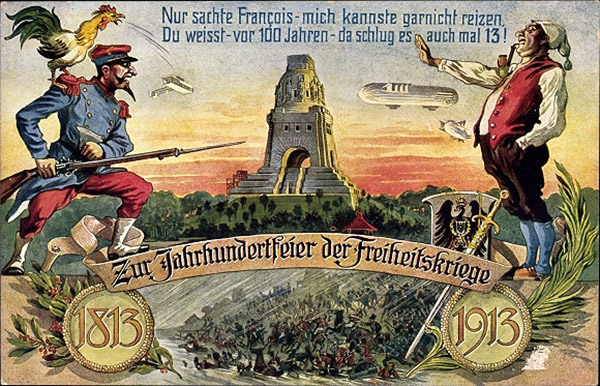
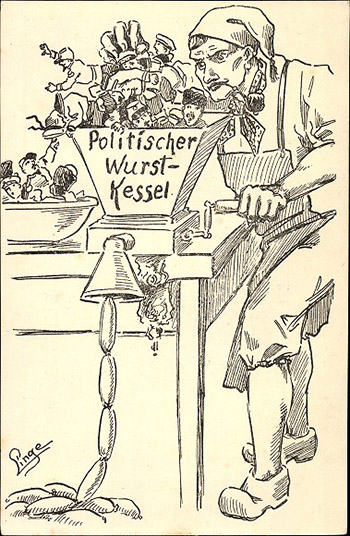
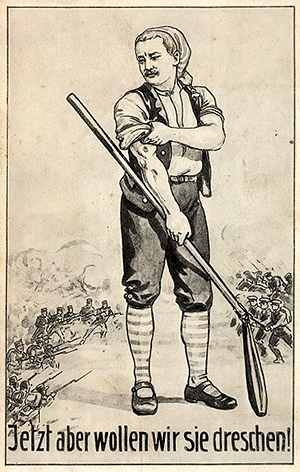
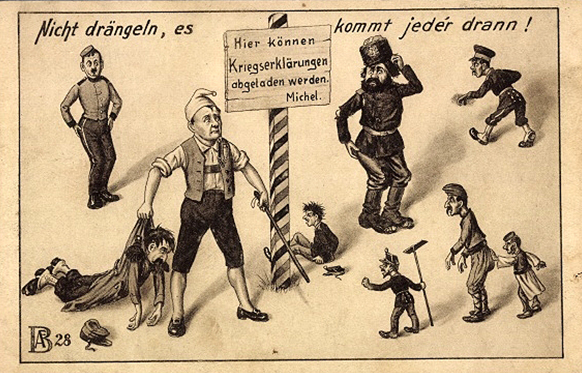
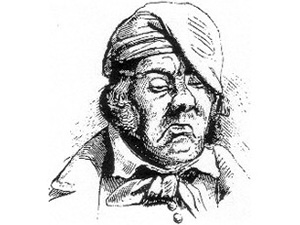
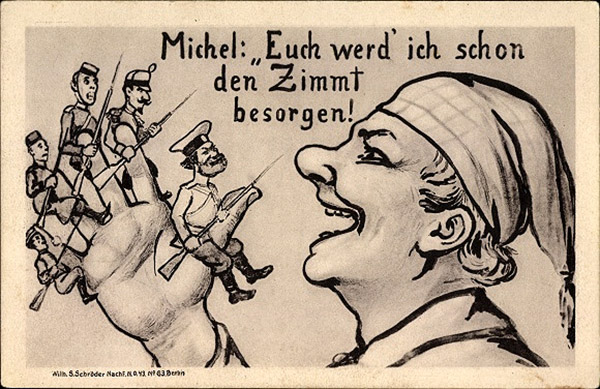
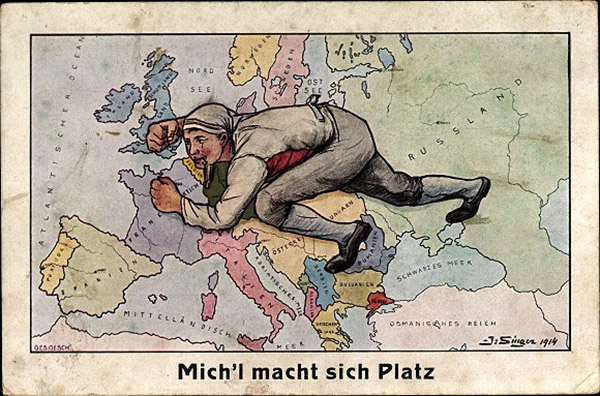
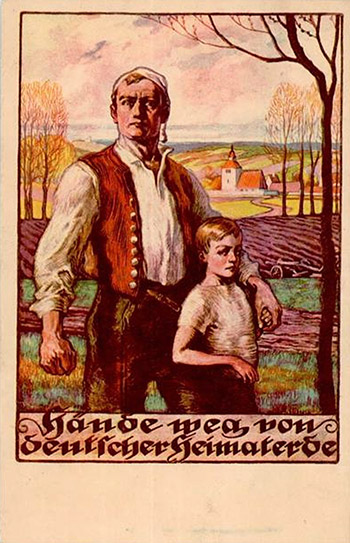
In general, over time, even the Germans themselves began to perceive Michel with a rather negative connotation. Largely for this reason, the Nazis did not like Michel either.
Perhaps one of the most striking examples of a positive portrayal of the German Michel was his bronze statue by Friedrich Reusch , created in 1895 for the garden of the Prussian Museum in Königsberg. The sculpture depicted a stocky, muscular man in a loincloth and a cap with a tassel, holding a flail on his left shoulder. In 1904, the sculptor presented the statue as a gift to Königsberg. In 1924, it was installed on a brick pedestal near the eastern wall of the Wrangel Tower. After the end of World War II, the sculpture disappeared and its current location is unknown.
